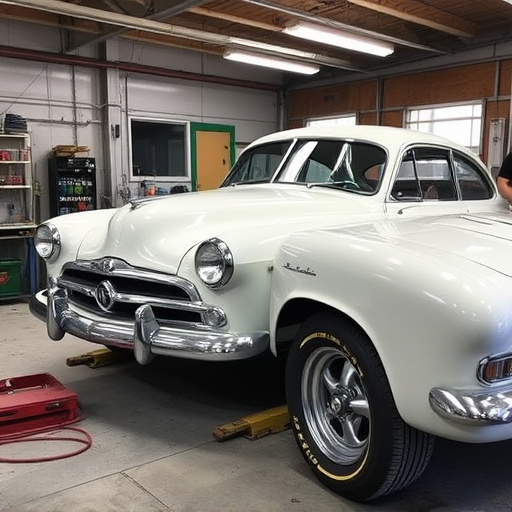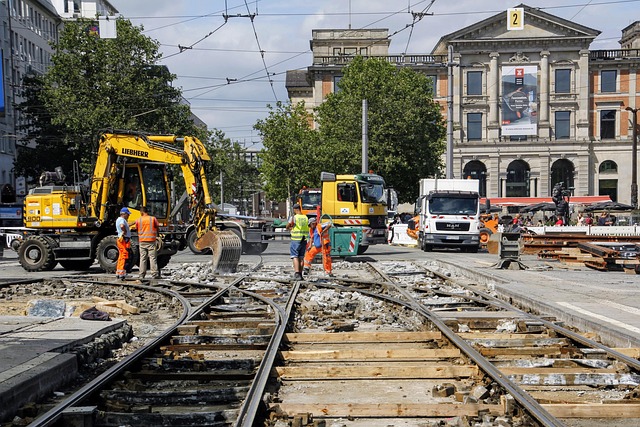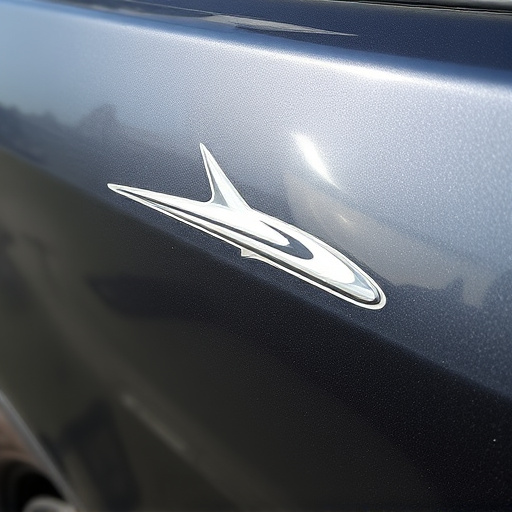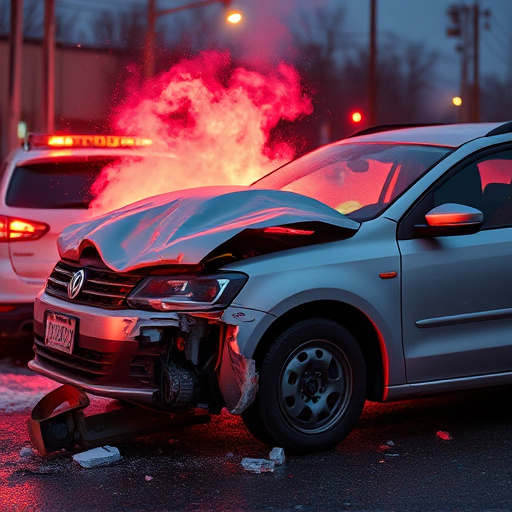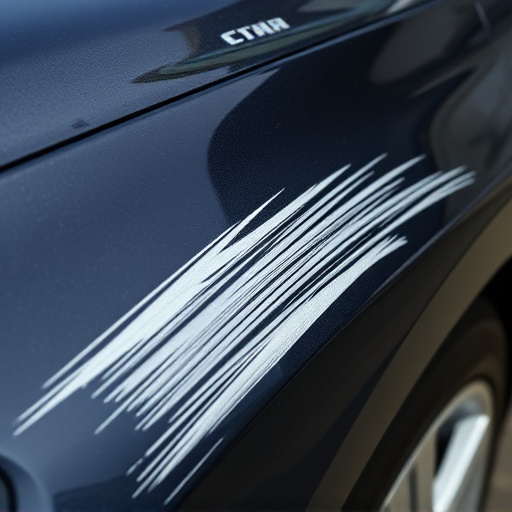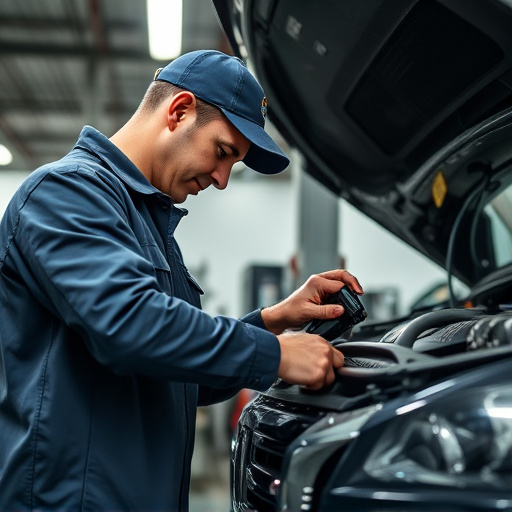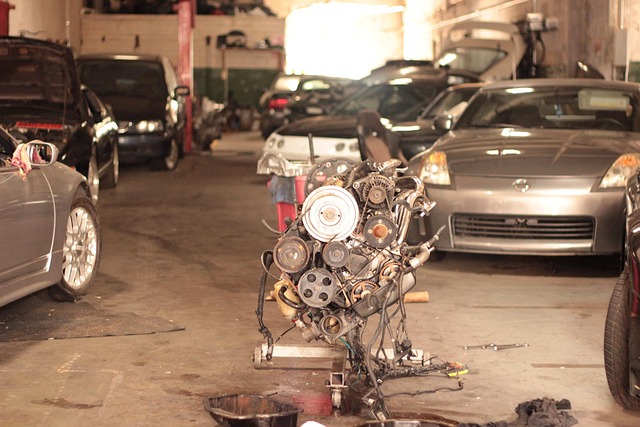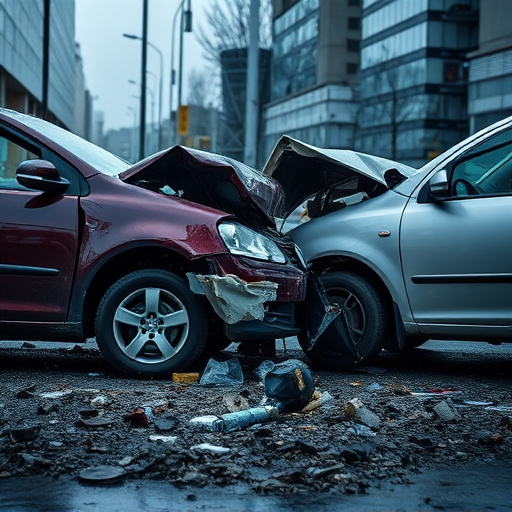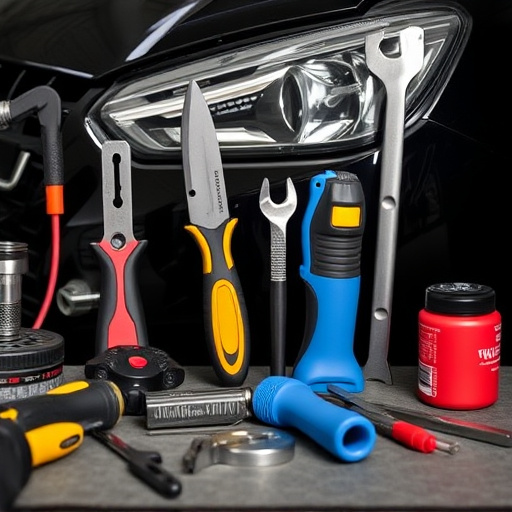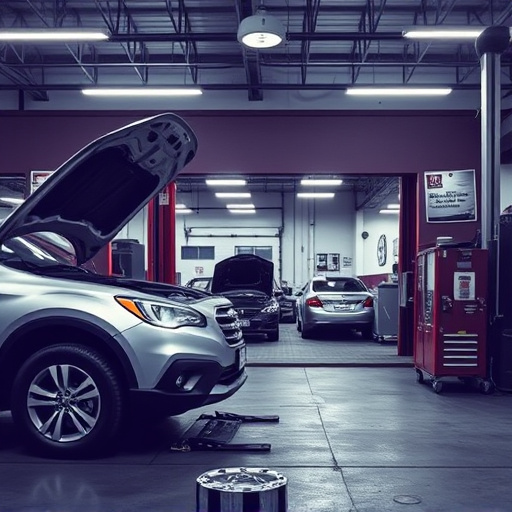After an auto accident, a multi-stage process begins with an initial assessment to determine repair scope. Specialized technicians conduct repairs, and shops coordinate with insurance providers while managing customer expectations. Timelines vary based on damage severity, part availability, and workshop efficiency, with clear communication crucial for realistic expectations. Auto accident repair involves skilled technicians, advanced equipment, and streamlined processes to expedite restoration.
In the aftermath of a car accident, understanding the timeline for repairs is crucial for peace of mind. This article serves as your guide through the process, offering insights into the typical phases of auto accident repair and the factors that can impact completion times. From initial assessment to final restoration, learn how to expect your vehicle’s transformation, ensuring you’re informed every step of the way regarding your auto accident repair.
- Understanding Common Auto Accident Repair Phases
- Estimation to Actualization: Timeframe Considerations
- Factors Influencing Auto Repair Completion Duration
Understanding Common Auto Accident Repair Phases
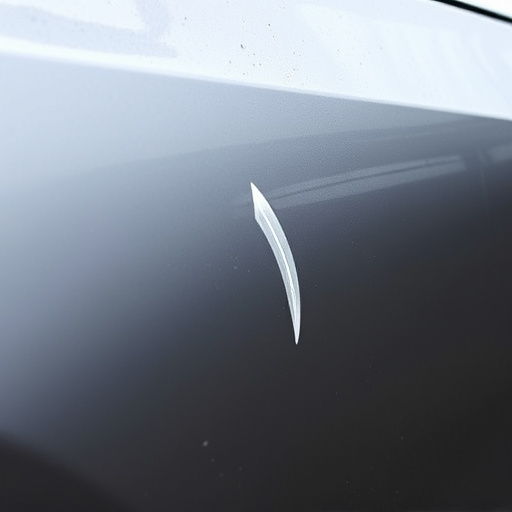
After an auto accident, the journey to a fully repaired vehicle involves several phases that can be broken down into manageable steps. The initial assessment is crucial where damage to various components like the car body restoration, and mechanical systems are evaluated. This phase helps in determining the scope of work required for auto accident repair services. Once the inspection is complete, the repair process begins with specialized technicians taking on tasks such as car dent removal and more complex repairs depending on the severity of the incident.
During this period, auto repair shops will prioritize safety by ensuring that all parts are replaced or fixed to industry standards. They’ll also coordinate with insurance providers for claims processing, providing transparency throughout the whole process. Effective communication between the shop, customer, and insurance company is vital to managing expectations and ensuring a smooth restoration of your vehicle to its pre-accident condition.
Estimation to Actualization: Timeframe Considerations
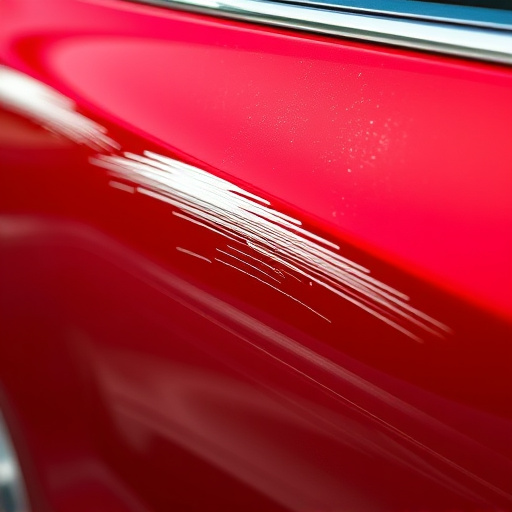
When it comes to auto accident repair, transforming an estimated timeline into a realized schedule is crucial for satisfied customers and efficient workshops. The initial estimate provided by repair facilities often serves as a general guideline based on the scope of damage. Several factors can influence the actual time required for auto accident repair, ensuring that both parties—the client and the mechanic—are aligned from the outset.
Considerations such as the complexity of repairs (e.g., minor car dent repair or intricate fender repair), parts availability, labor intensity, and even the type of vehicle (including luxury vehicle repair needs) play a significant role in determining the final completion time. These variables underscore the importance of clear communication between clients and mechanics to set realistic expectations and avoid misunderstandings.
Factors Influencing Auto Repair Completion Duration
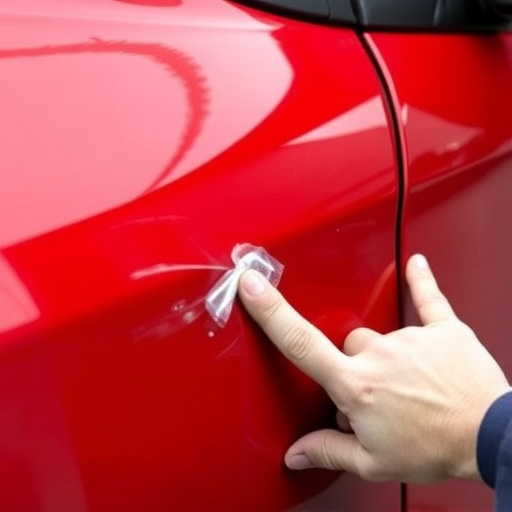
The timeline for auto accident repair completion can vary widely based on several factors. One of the primary influences is the severity of the damage to the vehicle. Major accidents involving significant structural damage will naturally take longer than minor fender benders. The complexity and availability of replacement parts also play a crucial role; rare or specialized components may delay the repair process.
Additionally, the efficiency of the car body shop and their capacity to handle simultaneous repairs can impact turnaround time. Well-organized shops with experienced technicians often manage to expedite the process by streamlining tasks and utilizing advanced auto body services equipment. Conversely, a crowded workshop or one with less skilled labor might face delays due to backlogs and potential mistakes, extending the customer’s wait for their vehicle’s restoration.
Auto accident repair timelines vary based on vehicle complexity, damage extent, and parts availability. By understanding the typical phases and influencing factors, you can have realistic expectations for your repair completion time. When obtaining quotes, consider these variables to ensure a transparent and timely restoration of your vehicle post-accident.


